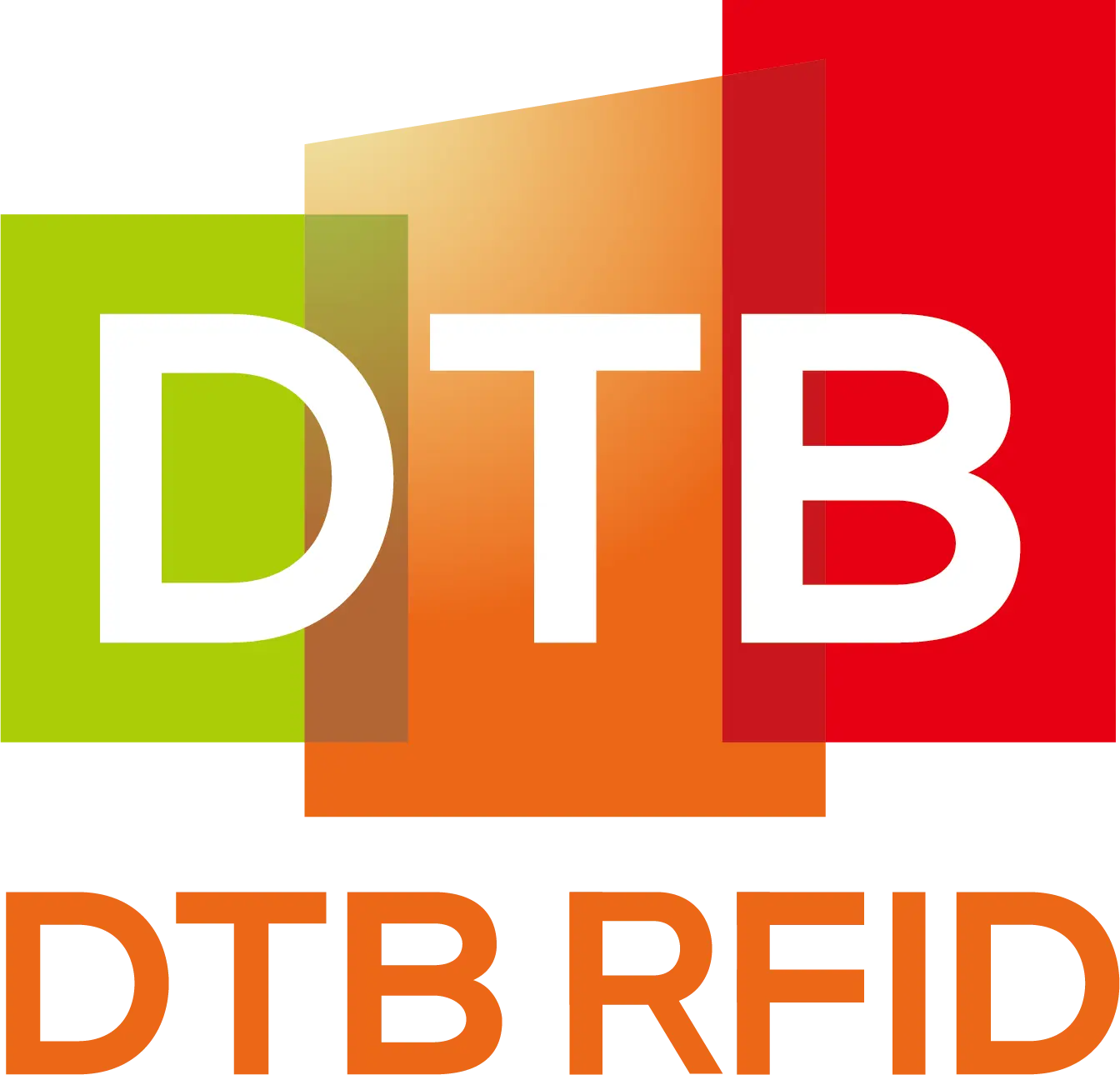By enabling real-time tracking of products from origin to consumer, RFID systems provide unparalleled visibility into the supply chain, facilitating better decision-making and fostering consumer trust.
RFID utilizes electromagnetic fields to automatically identify and track tags attached to objects. These tags contain electronically stored information that can be read from several meters away, without requiring line-of-sight scanning. This capability distinguishes RFID from traditional barcoding systems and allows for more efficient data collection and management.
Enhancing Traceability in the Supply Chain
Traceability—the ability to track the history, application, or location of an item—is crucial for effective supply chain management. RFID technology enhances traceability by providing accurate, real-time data about product movements and statuses. This information is vital for various aspects of supply chain operations:
– Inventory Management: RFID enables businesses to monitor inventory levels precisely, reducing overstocking or stockouts. Real-time data allows for timely replenishment and efficient warehouse management.
– Product Recalls: In the event of a product recall, RFID systems can quickly identify affected items, trace their distribution paths, and facilitate swift removal from the market, thereby protecting consumers and maintaining brand integrity.
– Authenticity Verification: RFID tags can store unique product information, aiding in the verification of product authenticity and combating counterfeiting, which is particularly beneficial in industries like pharmaceuticals and luxury goods.
Implementing RFID for Supply Chain Traceability
The successful implementation of RFID technology in supply chains involves several key steps:
1. Tagging Products: Attaching RFID tags to products or their packaging, each containing a unique identifier that corresponds to data in a central database.
2. Establishing Readers: Installing RFID readers at strategic points throughout the supply chain, such as warehouses, distribution centers, and retail outlets, to capture data from tags as products move through the system.
3. Integrating Data Systems: Ensuring that RFID data integrates seamlessly with existing enterprise resource planning (ERP) and warehouse management systems (WMS) to provide a comprehensive view of the supply chain.
4. Training Personnel: Educating staff on the use of RFID technology and data interpretation to maximize the benefits of the system.
Case Study: Decathlon’s Use of RFID
Decathlon, a leading sporting goods retailer, has successfully implemented RFID technology to enhance product traceability. By embedding RFID tags in their products, Decathlon has streamlined inventory management, reduced theft, and improved the overall shopping experience for customers.

Future Trends in RFID and Supply Chain Traceability
The evolution of RFID technology continues to open new possibilities for supply chain management:
– Integration with IoT: Combining RFID with Internet of Things (IoT) devices can provide even greater visibility and control over the supply chain, enabling predictive analytics and automated decision-making.
– Blockchain Collaboration: Integrating RFID data with blockchain technology can enhance data security and transparency, providing an immutable record of a product’s journey through the supply chain.
– Advancements in RFID Tags: Developments in RFID tag technology, such as printable and flexible tags, are reducing costs and expanding the range of products that can be tagged, further increasing the accessibility and utility of RFID systems.


















